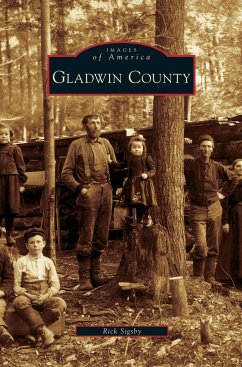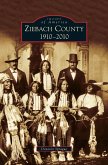Gladwin County, named after a British commander of Fort Detroit, is situated in upper mid-Michigan. Settled at the beginnings of the Civil War, this area has been blessed with the ability to survive and thrive from its natural resources and the hardy pioneer and entrepreneurial spirit of its people. The white pine forests provided much of the wood for homes downstate, and the railroads brought in the people to fill lumber camps and towns with names like Cedar (now the city of Gladwin) or Grand Forks (now known as Beaverton) and long-lost crossroads such as Lyle, Hard Luck, and Podunk. As the lumbering era came to a close, the rails brought in farmers to replace the woodsmen. The horses came out of the woods to plow the fields. When the tractor replaced the horse, oil was discovered and a new boom began. But that soon went bust, and Gladwin once again reinvented itself by becoming the thermoforming capital of the world. The area is ripe with waterways, rivers, and lakes, both natural and man-made. Once clogged with logs and now bulging with watercraft, many of the lumber camps from a century ago today have become new recreational settlements.
Hinweis: Dieser Artikel kann nur an eine deutsche Lieferadresse ausgeliefert werden.
Hinweis: Dieser Artikel kann nur an eine deutsche Lieferadresse ausgeliefert werden.








